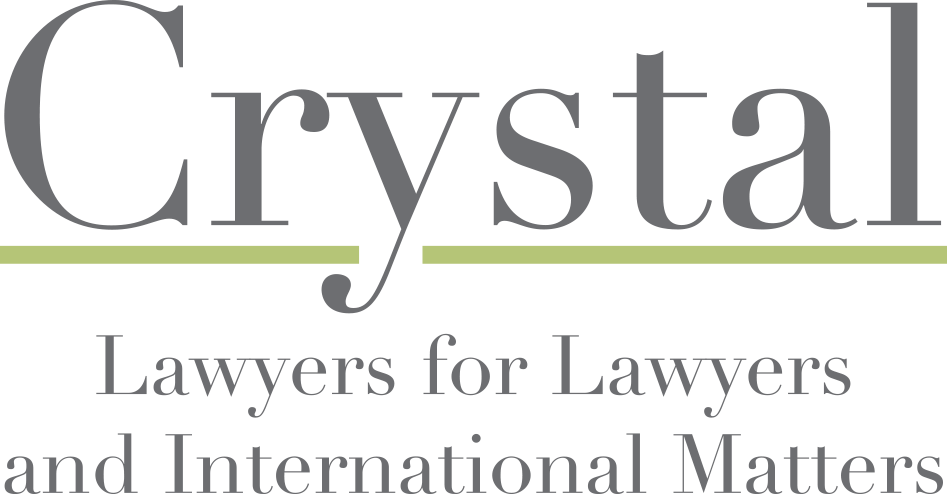Quick reaction – Is having a prospective client a good thing?
Answer: It depends. A prospective client may become an actual revenue producing client (which is good) but could also create serious risks for the law firm. Here I will focus on one of those risks: disqualifying conflicts of interest.
In short, if a person becomes a prospective client, a lawyer will be disqualified from representing a client against the former prospective client when the lawyer has acquired information that could be significantly harmful.
Let’s see when it happens. ABA Model Rule 1.18 deals with lawyers’ obligations to prospective clients. Rule 1.18(a) defines a prospective client as a “person who consults with a lawyer about the possibility of forming a client-lawyer relationship with respect to a matter.”
However, a person does not become a prospective client merely by seeking a lawyer’s services. Comment 2 to Rule 1.18 provides that a person does not become a prospective client when the person “communicates information unilaterally to a lawyer, without any reasonable expectation that the lawyer is willing to discuss the possibility of forming a client-lawyer relationship.”
Rule 1.18 treats prospective clients more like former clients than nonclients. Under Rule 1.18(b) a lawyer may not use or reveal information learned from a prospective client except to the extent permitted by Rule 1.9, the rule dealing with former clients.
However, because a former client has a more significant relationship with the lawyer than a prospective client, Rule 1.18 provides more generous treatment to the lawyer in undertaking representation against a former prospective client. See Rule 1.18, comment 1.
First, unlike Rule 1.9, Rule 1.18 does not contain a substantial relationship test. Instead, for the lawyer to be disqualified under Rule 1.18 the lawyer must have received information from the prospective client that would be “significantly harmful” to the prospective client. Rule 1.18(c).
Second, while Rule 1.9 does not permit screening of a disqualified lawyer, Rule 1.18(d)(2) provides for screening when a lawyer is disqualified from undertaking representation against a former perspective client. However, screening is only allowed if the lawyer who received disqualifying information “took reasonable measures to avoid exposure to more disqualifying information than was reasonable necessary to determine whether to represent the prospective client.” Rule 1.18(d)(2). In addition, the firm must erect a screen promptly, Rule 1.18(d)(2)(i), and must give prompt written notice of screening to the prospective client, Rule 1.18(d)(2)(ii).
Dealing with prospective clients is a delicate balance between assuming a risk of disqualification and expansion of clientele. How does a firm decide whether to encourage or discourage people from becoming prospective clients?
In some types of practice the risk that a firm will be asked to undertake representation against a former prospective client is remote. Examples of such types of practice are plaintiffs’ personal injury, immigration, and consumer bankruptcy. On the other hand, in many types of practice firms should be cautious about a person or entity becoming a prospective client because the firm may be disqualified from representing a regular client or another more lucrative client against the prospective client. Some examples include large firms with diverse practice areas engaging in beauty contests or other RFQ procedures, primarily defense firms that take on some plaintiff matters, small firms with boutique practices, high-level divorce firms, and firms specializing in commercial or corporate litigation. In these cases, the firm might want take steps to limit the risk that a person or entity will become a prospective client to avoid future disqualification.
I deal with these steps (and with other) in my Ethics Watch, Disqualification Risks with Prospective Clients, forthcoming in SC Lawyer 12 (May 2016), of which this blog is a shortened and modified version.
For more information, Nathan. M. Crystal.

